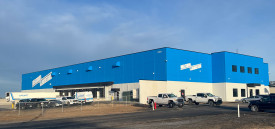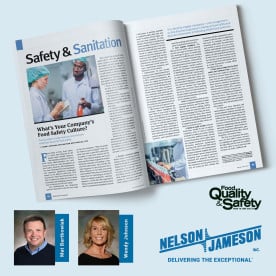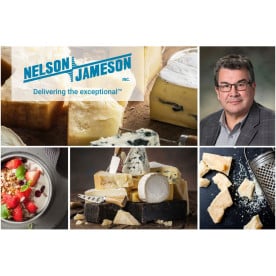Monthly Archives: June 2012
- June 26, 2012
As an NJ customer, do you find yourself only in one or two sections of the catalog, or always hitting the same tab on the website? In the forthcoming weeks, some of
- June 20, 2012
This past March, the Food Industry Suppliers Associate (FISA) and Nelson-Jameson afforded Dakonya Freis, MRO Department Manager, and me the opportunity to attend the University of Industrial Distribution (UID). UID is a concentrated educational seminar focused on programming that relates to the unique needs of the industrial wholesale distribution industry. Any person working in the industrial distribution and supply industry is welcome to attend, but attendees’ companies must be a member of one of the over 30 trade or professional organizations that currently sponsor the UID program. As a member of FISA and an employee/owner of an industrial distributor, I felt that UID would provide me with an invaluable and exclusive opportunity to learn how to improve Nelson-Jameson’s procedures and performance.
The University of Industrial Distribution takes place annually over a 4-day span in early March on the campus of Indiana University Purdue University Indianapolis (IUPUI). This year, approximately 500 participants from a very wide array of industries attended classes of their choosing that were led by distribution experts and educators. Course topics varied in scope from broad to niche, but overall themes included finance, marketing, operations and management. Dakonya chose courses that closely related to her role in category management, and I gravitated toward courses that would help me gain a better perspective as to how to succeed as a distributor. The content of my courses was constructive and motivating, and my hope is to integrate modified-versions of some of the innovative strategies and suggested processes learned into current operational practices at Nelson-Jameson.
- June 13, 2012
This is the final article in a series of three articles focusing on 5S methods.
In this third of three pieces on the 5S program (you can learn more about 5S and associated products by clicking here or here.
5S is a method developed to create standardized, efficient, clean, and safe working environments. A common way of implementing 5S methods in facility is through the use of color-coding. An effective color-coding system in a kitchen, factory, processing facility, hospital, etc. does a lot to help meet the “standardizing," and "sustaining"
- June 08, 2012
This is the second article in a series of three articles focusing on 5S methods.
In last week's article, we took a brief look into the 5S method. This step-by-step method of workplace organization has been successfully incorporated into an array of settings: from industrial work floors to governmental offices. In this second of three pieces examining 5S, we’ll focus on a relatively simple but extremely effective product that





